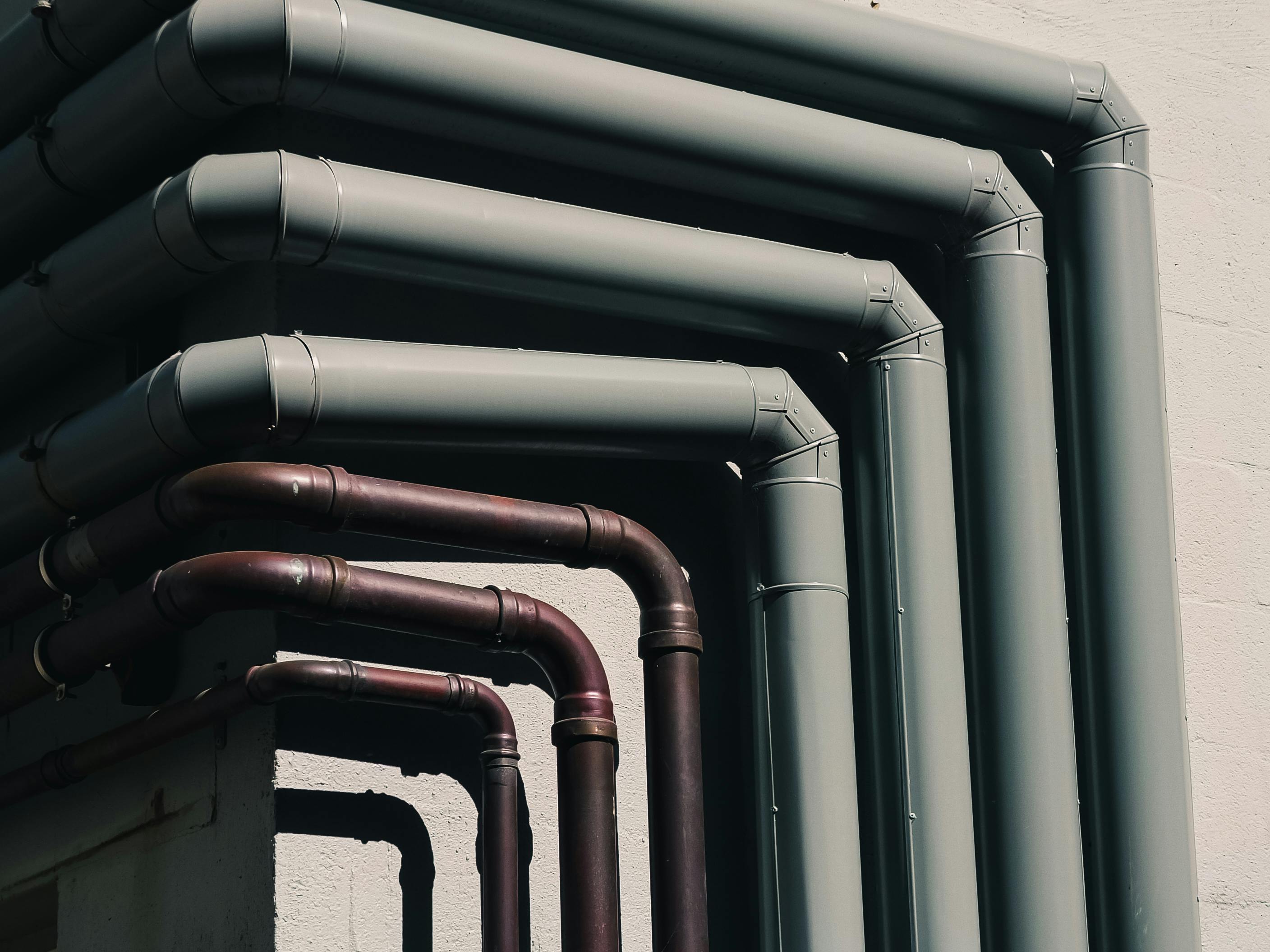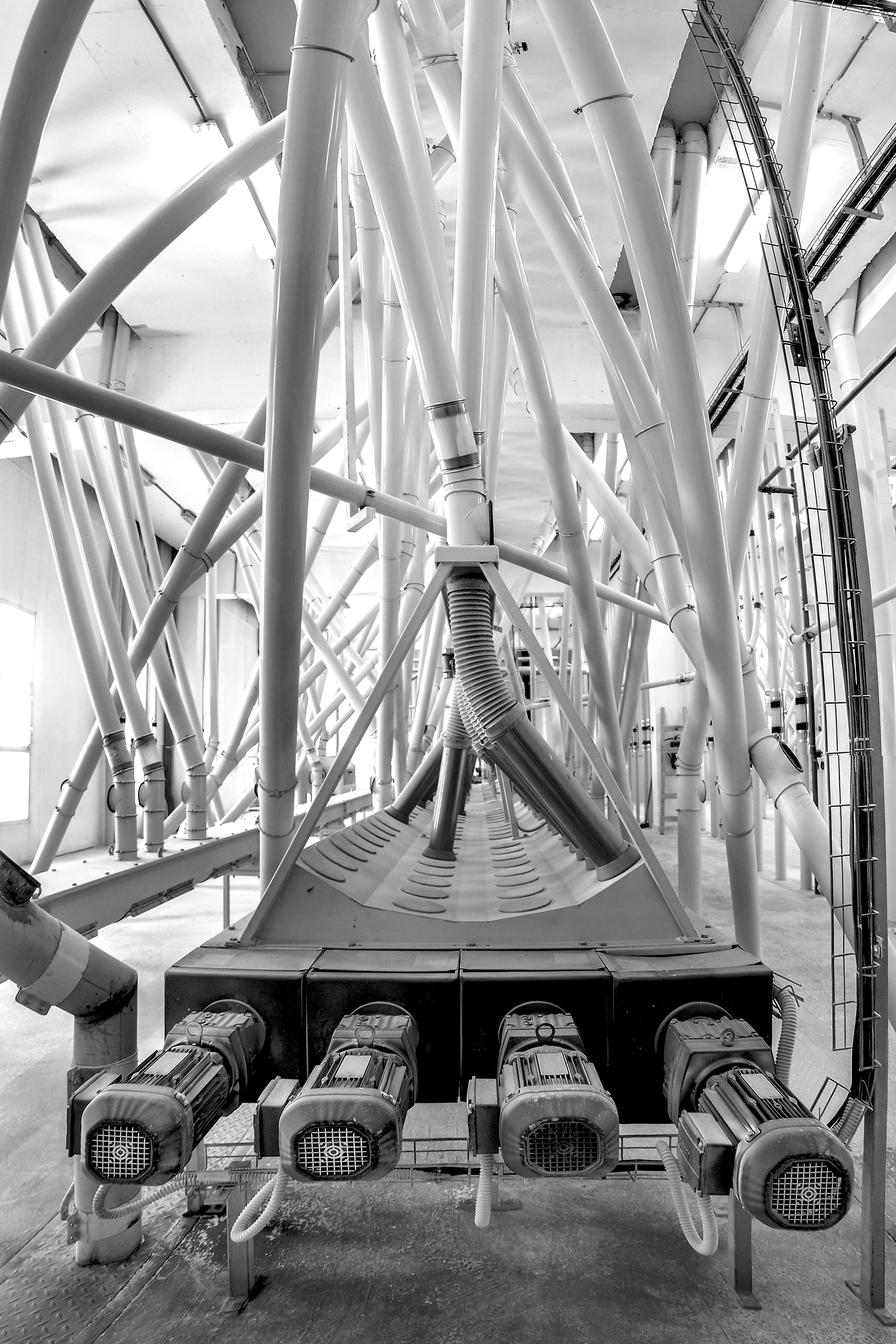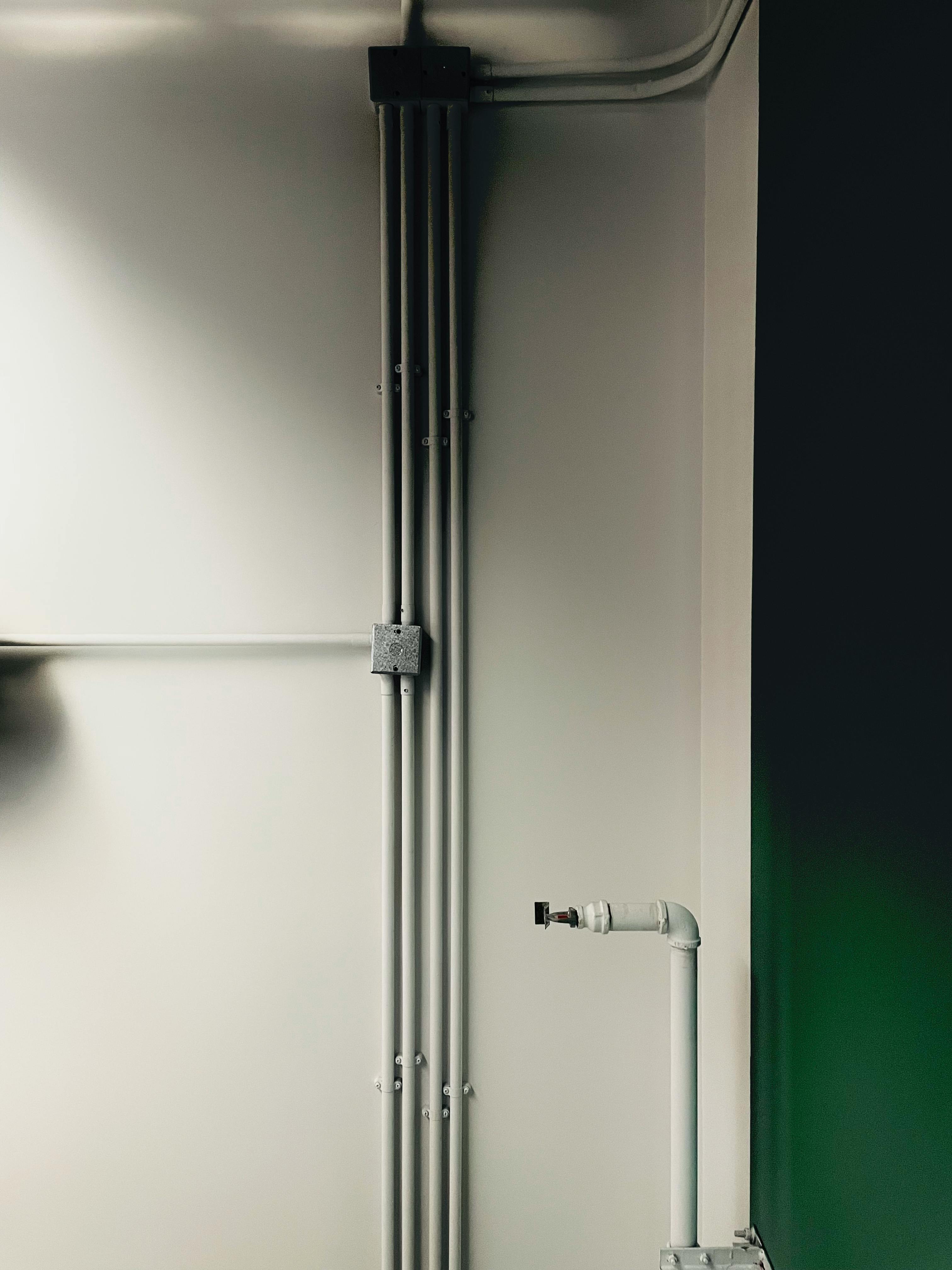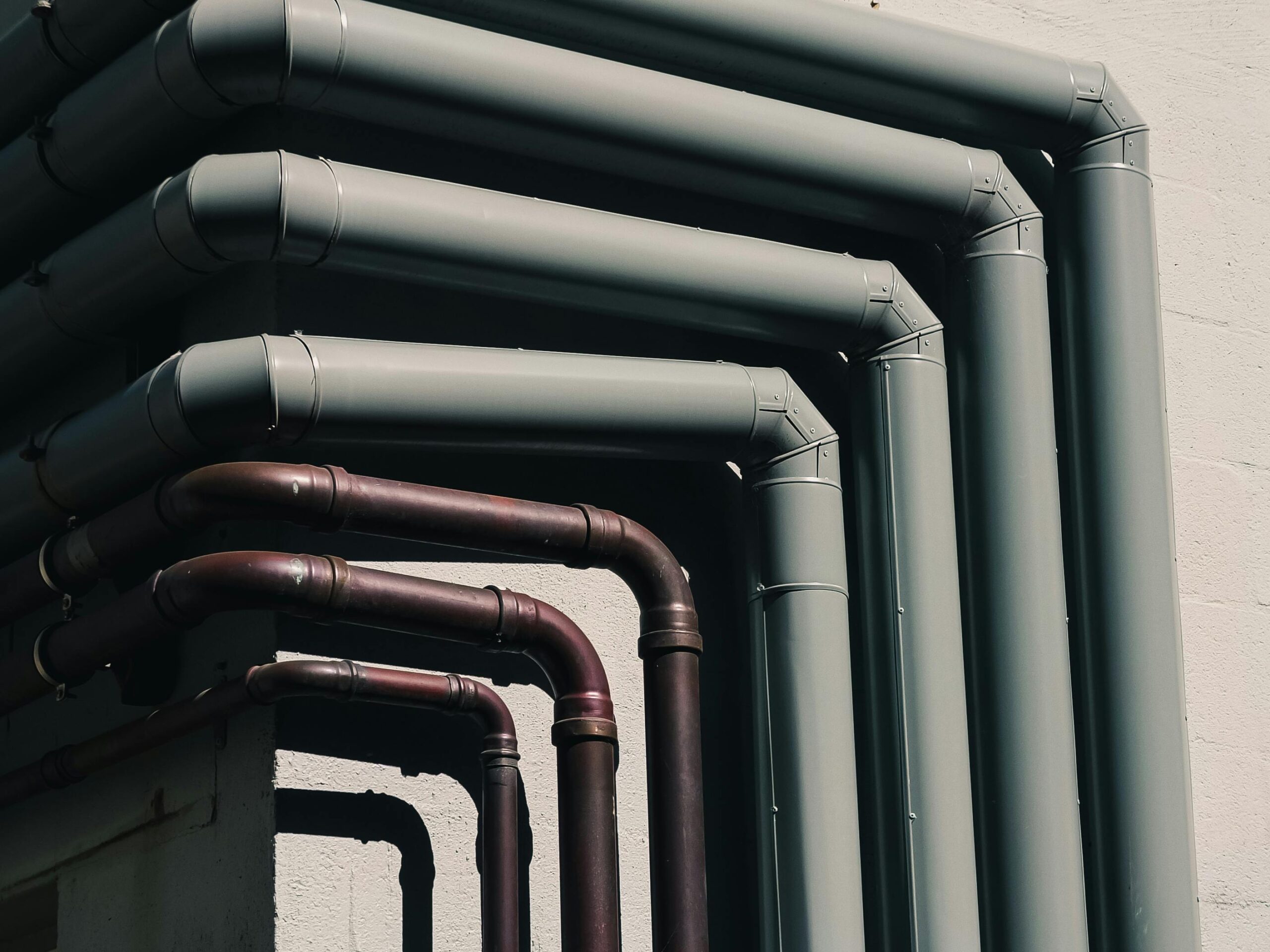Comprehensive Guide to I-Line Fittings and Their Applications
I-line fittings are a cornerstone in the design and function of hygienic piping systems. In today’s fast-paced industries—from food and beverage to pharmaceuticals—these fittings are vital for ensuring clean, leak-proof connections. This guide will walk you through everything you need to know about i-line fittings, their practical use, advanced implementations, and what the future holds.

Understanding the Fundamentals
At its core, an i-line fitting is a type of sanitary fitting used to join pipes in systems requiring hygienic standards. These fittings provide high-pressure and vibration resistance, making them ideal for environments with demanding operational requirements.
Originally developed to meet the growing need for cleanliness and durability, i-line fittings have evolved alongside the industries that depend on them. Their adaptability and robust design continue to set them apart in modern fluid systems.
1.1 High-Pressure Sanitary Connections
I-line fittings are designed to handle pressures that would deform or damage other fitting types. Featuring a male and female ferrule coupled with a gasket and clamp, they offer superior sealing. This design minimizes the risk of contamination—crucial for industries like dairy or biotech manufacturing.
For example, a 2″ i-line fitting can manage up to 150 PSI, outperforming traditional clamp fittings. Many operators also prefer them for their easy disassembly and clean-in-place (CIP) compatibility.
1.2 Why Vibration Resistance Matters
Unlike tri-clamp fittings, i-line connections use a groove-to-groove design that absorbs vibration better. This is especially critical in systems with moving components or frequent pressure fluctuations.
This resistance ensures longer lifespan and fewer maintenance downtimes. In facilities with constant pump activity, i-line fittings help reduce the chance of mechanical fatigue and seal failure.
Practical Implementation Guide
Now that we’ve covered the basics, it’s time to look at how to effectively integrate i-line fittings into your fluid systems. Doing so correctly enhances productivity and ensures compliance with sanitation regulations.

2.1 Actionable Steps
- Assessment: Evaluate pressure, temperature, and vibration needs before choosing fitting sizes and types.
- Tool Selection: Use torque-controlled clamps and FDA-compliant gaskets for safe assembly.
- Installation: Align male and female ferrules precisely, insert the gasket, and secure the clamp. Perform a leak test post-installation.
2.2 Overcoming Challenges
Common hurdles include:
- Improper gasket alignment leading to leaks
- Using non-certified materials in sanitary systems
- Over-tightening clamps causing ferrule damage
Experts suggest standardizing parts and regularly training staff on proper torque application to mitigate these issues. Pre-assembly inspections can also catch potential errors early.
Advanced Applications
Once you’ve mastered the basics, i-line fittings can support more complex fluid dynamics. From modular expansion to chemical integration systems, the opportunities are vast.

3.1 CIP and SIP System Integration
Advanced users integrate i-line fittings into Clean-In-Place (CIP) and Steam-In-Place (SIP) systems. These setups require fittings that can withstand repeated sterilization cycles and aggressive chemicals. Case studies from pharmaceutical manufacturers report a 30% increase in cleaning efficiency using i-line systems.
3.2 Skid-Mounted Modular Equipment
In modular processing units, i-line fittings simplify assembly and maintenance. Their design allows for frequent detachment without tool degradation. They’re compatible with most stainless steel piping and process sensors, making them ideal for mobile or pilot-scale systems.
Future Outlook
As industries move toward automation and real-time monitoring, i-line fittings are expected to adapt by incorporating smart sensors for pressure, flow, and seal integrity. These “smart fittings” will enable predictive maintenance and improved system diagnostics.
Industry analysts predict a 6% CAGR growth in sanitary fitting demand, led by biotechnology and plant-based food processing. Staying ahead by choosing scalable, compliant fittings like the i-line series will provide a strong competitive advantage.
Conclusion
Three major takeaways from this guide are: i-line fittings ensure high-pressure and hygienic performance, they are easy to integrate and maintain, and they are future-ready for emerging industrial technologies.
Whether you’re upgrading existing systems or starting from scratch, choosing the right fittings makes a measurable difference. Begin your transition with a small system, test results, and expand as needed.
Frequently Asked Questions
- Q: What is an i-line fitting? An i-line fitting is a sanitary connection system made of a male and female ferrule, gasket, and clamp. It’s used for high-pressure, hygienic applications.
- Q: How do I start using i-line fittings? Begin with assessing your current fluid systems. Identify where hygienic or high-pressure fittings are needed and replace accordingly.
- Q: How long does it take to implement i-line fittings? Small systems can be retrofitted in a few hours. Larger systems may require phased integration over a few weeks, depending on complexity.
- Q: What does it cost to switch to i-line fittings? Costs vary based on pipe diameter and materials. Expect prices from $10–$50 per fitting, plus labor and tools.
- Q: How do i-line fittings compare to tri-clamp fittings? I-line fittings are more robust, especially under vibration or pressure. Tri-clamps are quicker to install but less stable under stress.
- Q: Are i-line fittings difficult to install? No, they are straightforward with basic training. However, precision is key to avoiding leaks or failures.
- Q: Can i-line fittings be used in breweries? Absolutely. They’re commonly used in brewing for their durability and sanitation properties, especially in fermentation and CIP loops.
